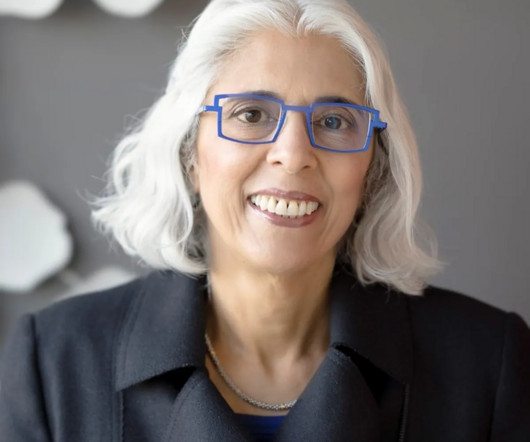Lumina Releases New Long-Term Goal and Strategic Plan for Higher Education
Diverse: Issues in Higher Education
MARCH 4, 2025
That goal is by 2040, 75% of working-age adults (25 to 64) in the U.S. Dr. Courtney Brown To reach the 2040 goal, Lumina is prioritizing four key areas: credentials of value, access, student success and redesign. We had to rethink how education creates opportunities.













Let's personalize your content